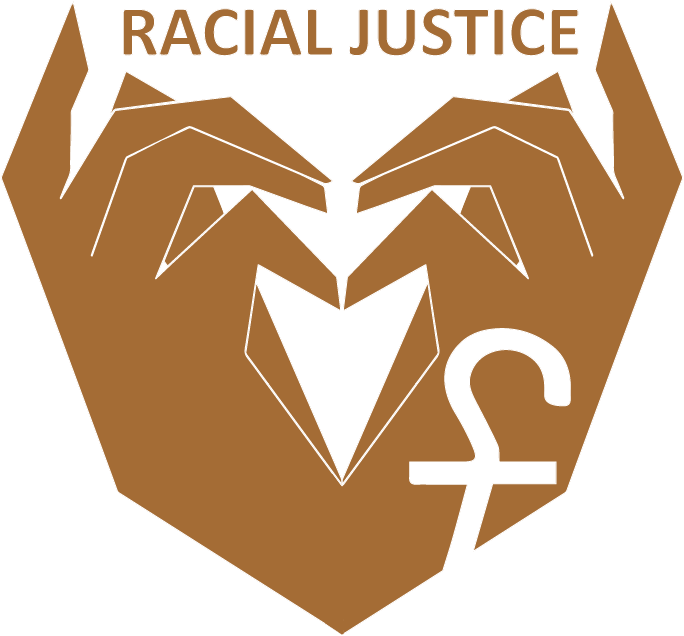Second Sunday of Christmas
Good Shepherd Lutheran Church
Decorah, Iowa
Rev. Amy Zalk Larson
Click here to read scripture passages for the day.
Beloved of God, grace to you and peace in the name of Jesus.
How will we move through the year 2021? Even as we’re breathing a collective sigh of relief that 2020 is over, we have some trepidation about what the new year will be like. We long for life to return to normal. Yet throughout this pandemic, the collective rush to get back to normal before it’s safe has deepened the suffering from this virus. We long for life to feel normal, yet we’re aware that our pre-2020 normal was deeply problematic.
Can we enter into a more hopeful future?
Can we move through the year 2021 differently after all we’ve been through?
Our first reading, from the book of Jeremiah, speaks right into these questions. It speaks of return, restoration and a new normal for the people of God who’ve been experiencing trauma upon trauma. They’ve been living in exile in Babylon, far from home, for over four decades. They’ve been cut off from all their patterns of daily life, their ways of gathering and praying, and of being in relationship with each other and with God. They’re aware that even after they return they will face the lingering impact of the trauma. Many of their leaders have been disfigured and blinded by Babylonian displays of strength and power. Their homes and economy are in ruins.
Into all of this, the prophet Jeremiah speaks God’s word of consolation and promise. This word is for those exiles long ago, yet it is also for us today. Jeremiah paints a picture of a great company of God’s people returning from exile. We are part of this great company as we move into 2021.
There are some striking features about this promised grand movement of God’s people. It is a joyful pro- cession full of dancing and shouts of rejoicing almost like a parade, but no false cheer is required to join this parade. Instead, God proclaims, “With weeping they will come and with consolations I will lead them back … I will turn their mourning into joy, I will comfort them, and give them gladness for sorrow.”
Which is to say that in this parade there is room for all who weep, who mourn, who live with deep sorrow. We don’t have to put on some happy, clown face to be part of this parade. We don’t have to muster up a syrupy sweet positivity to scatter like tootsie rolls from a parade float. We don’t have to pull ourselves together before we can join the movement of God’s people. We can walk together into new life while sharing the stories of all that we have lost.
Jeremiah’s vision of a grand procession returning home also acknowledges the ongoing reality of the people’s condition. They can’t go back to who they were before, so God will bring them back as who they are now. We’re told, “The blind and the lame, those with child and those in labor, together; a great company, they shall return here.” Which is to say, those most impacted by the Babylonians, those who were publicly disfigured and blinded by the conquering rulers, will be at the center of the procession home. The people will return not as a mighty army but as a great company of the forgotten, the disabled and the vulnerable.
These images remind us of our dependence upon God. We can’t enter into a hopeful future through sheer force of will, through the power of positive thinking or stellar new year’s resolutions, through our own effort. It is God who will gather us up and lead us like a shepherd into restoration and new life.
Finally, Jeremiah imagines this great company of people returning as a procession into worship. The people will be gathered in all the places of exile and led back into Zion, the place of worship. In this way, the people’s trauma is connected to a sense of liturgy. And the trauma leads to a reformation of their communal life as the people of God. God declares that those usually judged least suitable for leadership – the feeble and the vulnerable, the lowly and the wounded – will become the center of this new life. God affirms who is most valued in this new community, who should be protected and honored. And from this reformed worship life, God announces new patterns of wellbeing for all declaring, “They shall be radiant over the goodness of the Lord, over the grain, the wine, and the oil, and over the young of the flock and the herd; their life shall become like a watered garden … my people shall be satisfied with my bounty.”
In much the same way, our worship and communal life has been formed by the coming of the Christ child, a vulnerable child who leads us. At the center of our worship is a peasant born in a manger who sought refuge in Egypt, lived in poverty, and died at the hands of the state. This Jesus shares all the trauma of all the people of God. This Jesus has come among us to lead us into God’s promised future – a future in which the lowly are at the center and in leadership, protected and honored, a future of wellbeing for all people.
Beloved of God, as you enter 2021 hear this word of promise for you. You are part of the great company of God’s people moving into God’s promised future. All the sorrow you carry is welcomed in the procession. God’s word of hope and promise doesn’t ignore the losses you have faced. It names them. It honors them, providing us consolation right in the midst of them. New life is birthed right in the place of pain.
You do not have to chart the course to a hopeful future alone; we do not have to do this on our own. God carries us like a shepherd. God guides us into patterns of worship and community that lead to the flourishing of life for all – to life that is like a watered garden. We who are frail and vulnerable cannot live in these ways on our own. Our sin is too great. Yet we can rely upon God who has come to live among us in Jesus, the Christ child who leads us into God’s future.
This promise is for you, for us, and for all people today. With weeping we will come. With consolations God will lead us home.
Let’s take a moment for silent prayer.
I am indebted to the commentary by Rev. Remy Remmers, “Tensions of Grief and Gladness”, on the D/SRUPT WORSHIP PROJECT blog https://www.disruptworshipproject.com/rcl/tensions-of-grief-and-gladness



